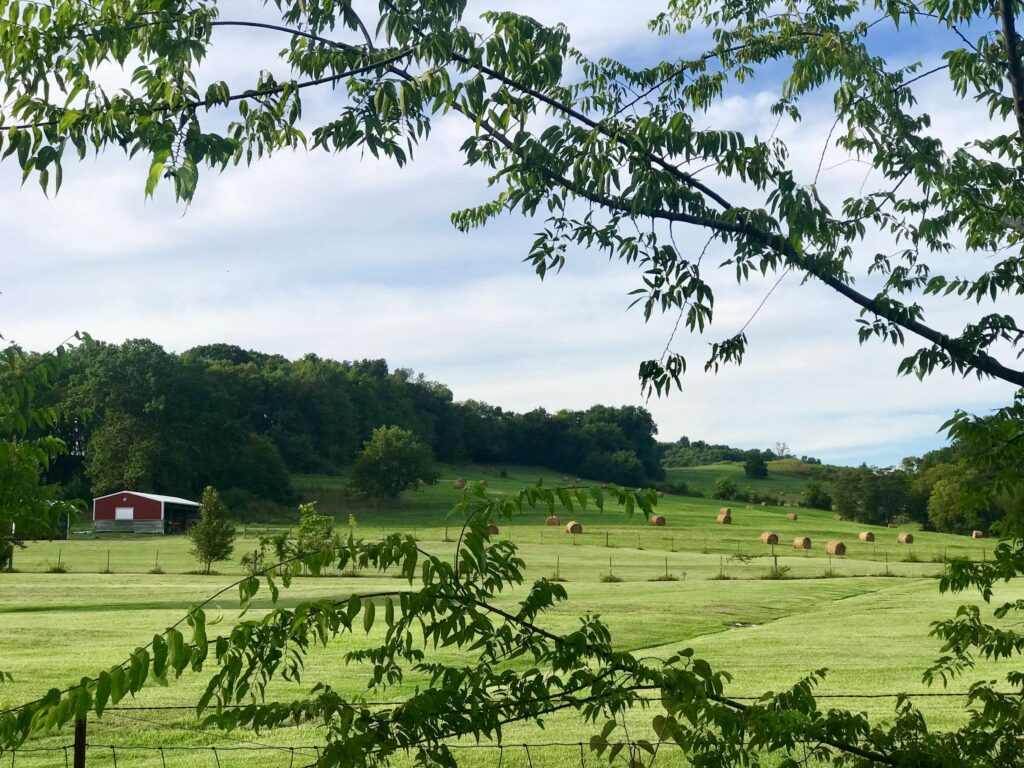Last week, I had the opportunity to virtually meet with students from the American University of Sharjah as part of a class exchange facilitated by the Stevens Initiative. We discussed much, from the purpose of our partnership to future plans and activities. When it was time to break into smaller groups, our conversation started, like so many others, by sharing where we were from- the places we call home.
For me, that meant the rolling foothills of Franklin, Tennessee.
For others, it meant the desert city of Dubai.

Photo by Wael Hneini on Unsplash
The contrast was stark, to say the least, and it made me wonder how these differences (and, at times, similarities) shaped the way we view the world today- starting with the awareness of our environment.
Growing up with four seasons, surrounded by thriving agriculture, I rarely considered the implications of having clean water and a constant, readily available food supply. In a desert city, however, thoughts of such resources and how to maintain them are much more prevalent. On the other hand, the price and environmental impact of gasoline were very present living in a sprawling suburb in which cars are the only source of transportation. My new acquaintances, however, had grown accustomed to the public transportation and walking associated with city life.
With these two fundamental differences in our home environments, it was easy to see why each country, and even each city, has different priorities in sustainability. While my region may feel strongly about improving transportation and has seen an increase in the use of electric cars, others face a different set of challenges and must adopt their own action plans.
Beyond environmental factors, culture varied widely across countries.
One classmate, hailing from Lima, Peru, shared her surprise when her son left home at the age of eighteen- something that is culturally expected in most American families but relatively unheard of in places like Peru, where parents try to keep their children at home as long as possible even while they pursue an education or career.
The idea of remaining at home into our mid-20s was shocking to those of us who have spent our entire lives in the United States. I, for one, had barely thought twice about moving away to college after I graduated from high school. And why would I? After all, it was what those around had done, a right of passage. But, obviously, it was not the only path. So how did I come to make that decision? And how is that decision shaping my life today?
Upon reflection, it seemed clear that so many things in our lives are influenced by our community. From the way we interact with our families, to how we more broadly view the world around us. It also seemed clear that a different community would have yielded different results. As was evident by what each of my group members chose to highlight, we are all very different people, and although connected by common interests, we share very different views within these topics.
In so many things, I am a product of the life I have led so far, and no element features more in that narrative than the place I call home. The same can be said of any of my classmates. Home is what shaped us. It is what helped us form the lens through which we experience life. It helps us answer questions like: what do I value, and how do I interact with others? Home is inexorably linked with our perspective, and it is my hope, through this partnership, that I will be able to broaden mine.
Home is where I came from, but a more sustainable future comes from collaboration.

Leave a Reply